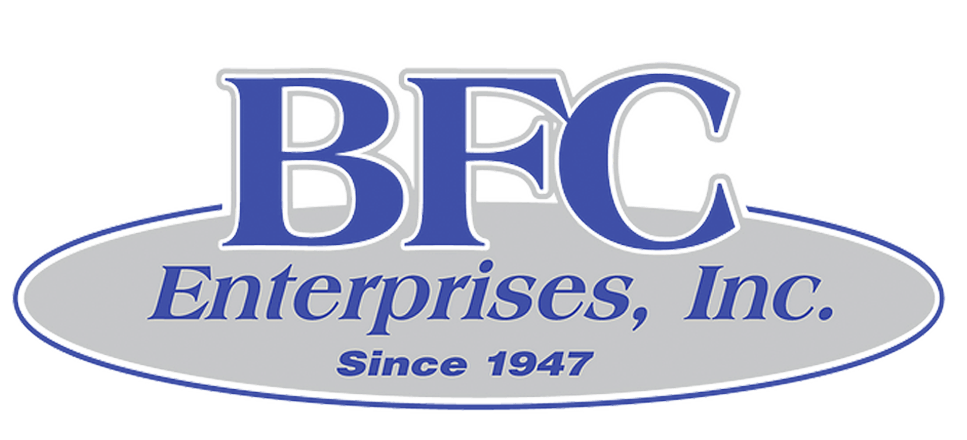A recent IRS change to tax procedures has caused quite an uproar for individuals and businesses who regularly use online systems like Venmo, Cash App, Zelle, or PayPal. Why, you ask? Because the U.S. Gig Economy is about to be hit pretty hard with additional taxes and paperwork.

You see, up until 2023, these popular payment applications have been required to report and provide 1099-K forms only for accounts receiving over $20,000 across over 200 transactions. Essentially, only accounts doing a LOT of transactions. But now accounts can get dinged with additional reporting and paperwork for anything more than $600 – whether it’s one transaction or several.
As the rule goes into effect, these third-party payment businesses will start issuing 1099-K tax forms for delivery on or before January 30. And anyone receiving one must include it in their tax filings in April.
Why Does it Matter?
The lower value threshold means the new tax law will affect millions of Americans who actively make small incomes online - many of whom (49%) have full-time jobs and are just trying to make a few extra bucks to cover rising food costs or family vacations. The additional paperwork, reporting, and taxes tack on significant time, effort, headache, and costs to running a side hustle. Enough that some experts are worried the new regulations might discourage gig economy participation.
Though regulators are quick to note the new rules don’t apply to selling personal items at a loss, reimbursements to friends and family, or money sent as gifts. These might appear on an account’s 1099-K but should be listed as non-taxable. However, there isn’t much information on exactly how those situations are broken out other than marking reimbursements or gifts as “friends and family.”
But selling a used vehicle online will result in a 1099-K that needs to be coded as a loss on your tax return. This really means EVERYONE, business or not, will be dealing with these headaches at some point.
Cash to The Rescue…Again
So, what are small businesses and gig workers doing to deal with this sudden change? Anyone that can accept cash is quickly fleeing payment applications in favor of hard currency.
Your local lawn care provider? Cash. That home repair contractor? They want cash. The moving company? Cash. Pretty much any gig economy worker that can leverage an in-person interaction is starting to ask for payment in cash.
Then that physical currency is funneled into the local economy for groceries, gas, restaurants, convenience, and other living essentials. Which makes the recent boom in cash payments even less surprising.
But the real question is, how are consumers PAYING all of these gig economy workers now that they don’t accept Venmo?
Easy. They make a run to the local ATM. Which, if you partner with BFC Enterprises, can be right inside your store. Discover more about how an on-site ATM can benefit your business. Contact BFC Enterprises today!


